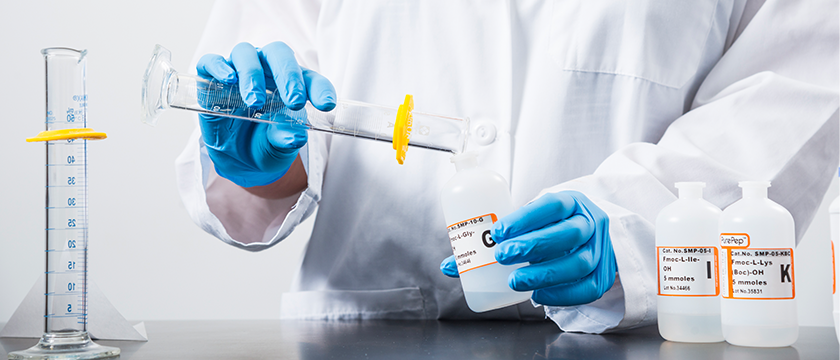Hydrocarbon stapled peptides: a new strategy to advance antimicrobial therapy

New approaches are needed in the fight against antibiotic resistance. One is the use of short antimicrobial peptides that selectively disrupt the membranes of bacteria. A collaboration between the Hospital for Sick Children, Toronto, and the University of Toronto has led to new insights into how antimicrobial peptide activity can be modulated using stapling and substitution of residues. This is a promising approach in the development of new peptide therapeutics.
Antimicrobial peptides are generally short (6–50 aa), with one of the largest categories being cationic antimicrobial peptides (CAPs). These peptides are rich in positively charged amino acids such as Lys and Arg and also have a hydrophobic region rich in large aromatics. The CAPs adopt an α-helix that folds to present the positively charged face to the aqueous medium while the hydrophobic face specifically targets the abundant negatively charged lipid head groups in bacterial membranes and weakens or disrupts the membrane to kill the bacterium. In this review article, the authors report the application of a hydrocarbon staple to a rationally-designed cationic antimicrobial peptide (CAP) that acquires increased membrane targeting and interaction vs. its linear counterpart.